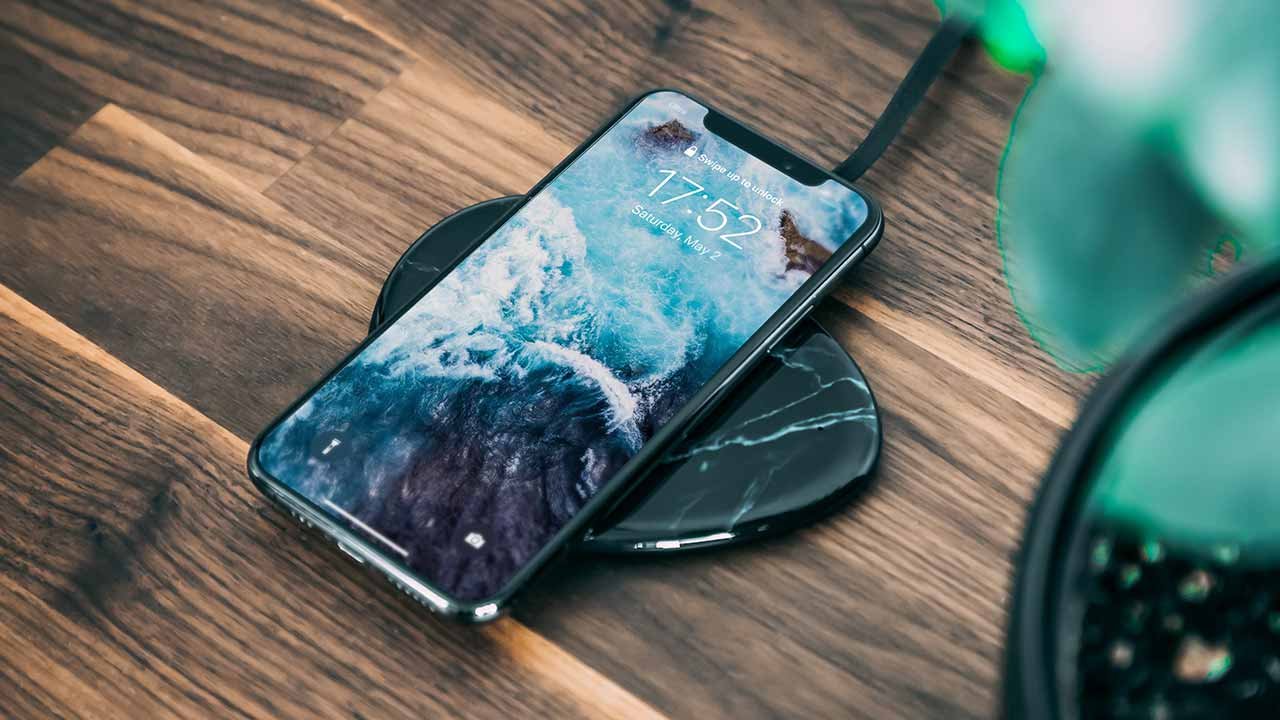Although using a wall charger is the simplest way of charging a phone, there are a variety of other methods that might be either better or worse. The answer largely relies on the type of charger you use, the location where you charge it, and the settings and features you have enabled or disabled on your phone.
These tips and methods will help you charge your iPhone effectively and efficiently so that it charges more quickly than previously. If you need to charge your iPhone faster and save your battery health, there are a few things you must know.
How to charge faster
A fast charger, which consists of a 20-watt power adapter and a USB-C to Lightning connector, is the quickest way to charge your iPhone. You can quickly charge your phone from zero to roughly 50 per cent battery in about 30 minutes if you have an iPhone 8 or later. You can fully charge it if you have an hour to spare.
If you’re pressed for time, always use the fast charger since it can increase your battery by double digits with just 10 minutes of fast charging.
Only the cable is now included when you purchase a new phone from Apple. However, you can still buy the company’s 20-watt power adapter from either Apple or online stores. Apple claims that other fast-charging power bricks are also compatible, although an iPhone 12 and later cannot be fast-charged without at least a 20-watt power brick.
Another way to charge your iPhone is using Apple’s MagSafe charger and a 20-watt power supply, but in order to take advantage of the faster 15-watt wireless charging, you must possess either an iPhone 12 or an iPhone 13. If your iPhone is dead, wireless charging should restore it to roughly 30 per cent battery in about 30 minutes.
How to maintain iPhone’s battery health
Charge at cooler places
Batteries made of lithium-ion material are vulnerable to high temperatures. Apple has also disclosed the acceptable temperature range for iOS devices’ comfort zones.
The suggested operating range is from 32°F to 95°F (0°C to 35°C). However, it is not practically feasible because many locations have temperatures that are far higher than the acceptable operating range. Therefore, to keep your phone warm, you may either use thick cases or keep it out of the sun on a hot day.
Additionally, because it raises room temperature, avoid leaving your iPhone in enclosed areas with little airflow, such as vehicles. Many individuals leave their phones in the glove box or other hot areas of their vehicles, which elevates the temperature of the device.
Simply said, heat kills batteries because it permanently reduces their capacity. Extreme cold momentarily compromises the health of the battery.
Please make sure to charge your iPhone in “comfortable temperature zones” as charging in high ambient temperatures is not advised.
Do not let iPhone overheat
Heat destroys batteries, as was previously indicated. Consequently, watch out that your iPhone doesn’t get too hot while it’s charging. Apple claims that unlike extreme cold conditions, which only temporarily lowers battery capacity, heat permanently damages battery capacity.
The chemicals in the battery’s interior structure may alter due to heat, which could further harm the voltage indication. A malfunctioning voltage indication won’t be able to regulate the current flow to prevent overcharging of the iPhone, which will lead to battery and iPhone damage.
Use original or certified chargers only
The use of charging accessories that are not approved by Apple is one of the most frequent causes of poor iPhone battery health. Always check to see if the adapter and charging cord are MFi approved.
Made for iPod, Made for iPhone, and Made for iPad are together referred to as MFi. Apple only allows businesses to use the MFi branding on their products once they pass the company’s strict device and facility tests. Therefore, be sure to carefully check the charging accessories for the MFi logo.
A tiny authentication chip, for instance, is present in each lighting cable adaptor and notifies the iPhone when it is MFi approved. When iPhone discovers a cable that is not MFi approved, it otherwise displays a pop-up.
Enable Optimised Battery Charging
With iOS 13, optimized battery charging was added, extending the life of your battery and enhancing its overall health. It makes predictions about when your iPhone will need to be charged for a longer amount of time using machine learning to learn from your everyday charging habits.
For instance, many people have the practice of overnight charging their iPhones. In order to ensure that the iPhone is fully charged by the time you wake up, the machine learning algorithm will use data from previous charging and unplugging operations. This is done by the algorithm to ensure that the iPhone charges more quickly.
When the function is activated, the scheduled time by which the iPhone will be fully charged is displayed. To immediately charge it to 100 per cent, select “Charge Now” from the menu.







